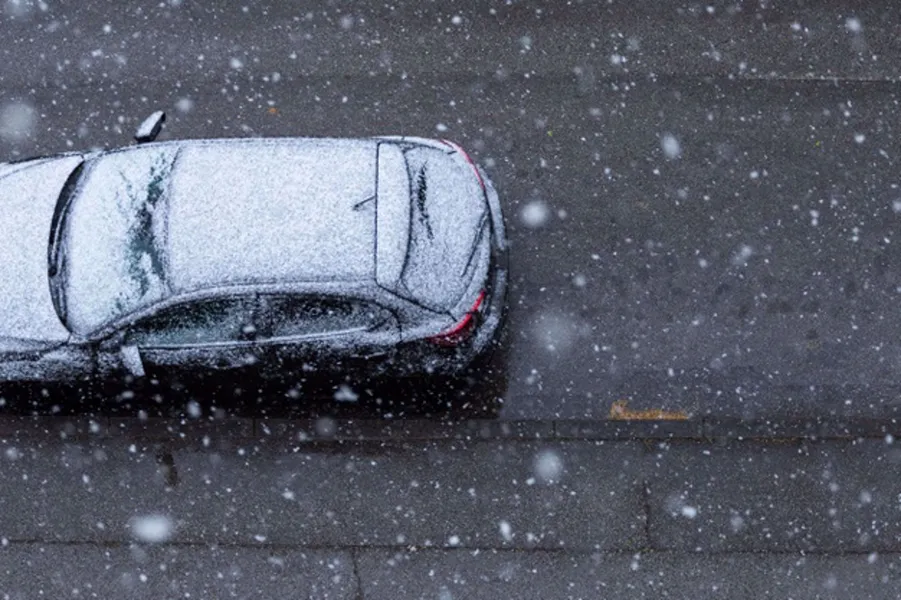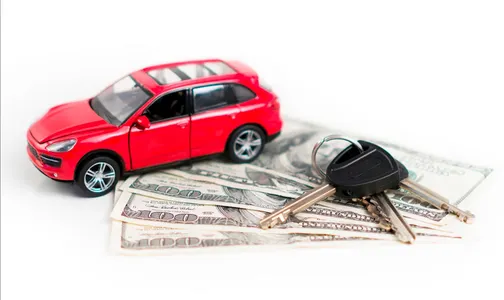If you’re lucky enough to live in a part of the country that doesn’t ever experience snow or other winter conditions, then this article probably won’t do much for you. If, however, your area does experience snow, sleet, or ice during the winter months then there are a few car care tips that you should be aware of. Here are the six most important ones:
- Get the right tires
Your tires are literally the only connection between your car and the road, so neglecting them or not thinking about whether you have the right ones is a huge mistake. Good tires will make all the difference between getting stuck in the snow or sliding off the road and safely driving along. You should look to purchase either all-season tires that you can use year-round or get snow tires that you can swap onto your car when the weather starts getting worse.
- Check your tire pressure
Changes in outside temperature will cause your tire pressure to rise or fall depending on whether it’s getting warmer or colder. Cold weather causes your tire pressure to drop, so you should always check your tire pressure to make sure they’re adequately inflated. A good estimate of pressure reduction is a decrease of 1 psi for every 10 degrees Fahrenheit that the temperature drops.
- Add (and carry) windshield wiper fluid
Getting caught in terrible weather without windshield wiper fluid is a dangerous and entirely avoidable problem. Wiper fluid can help clear slushy residue and ice from your windshield while driving, allowing you to see the road during dangerous conditions. You should always keep your wiper fluid full and carry an extra supply in your car in case you ever run out.
- Check your battery
Cold weather can spell trouble for an older car battery. A typical lead-acid battery will see its capacity drop about 20 percent from normal in freezing temperatures. When starting your car in the cold, your starter motor amperage demands can be higher than usual, putting additional strain on a battery that is already performing below capacity. What all of this means is that it’s a good idea to check (and possibly replace) your battery before the winter comes, not after it’s already here.
- Replace your windshield wiper blades
It’s safe to say that the majority of car owners wait entirely too long to replace their windshield wiper blades. Experts recommend changing out your wiper blades as often as every six months because the rubber tends to wear out much quicker than people realize. If your blades are leaving streaks or not clearing the windshield effectively, you should replace them immediately. The good news is that they’re inexpensive and very simple to swap out.
- Carry an emergency kit with you
If you live in an urban area then you’re not as likely to need a winter emergency car kit as you would in a suburban or rural area, but it’s always a great idea to have one either way. There are various recommendations on what you should include in your kit, but some of the more commonly recommended items are a first aid kit, a flashlight, flares or reflectors, batteries, jumper cables, snow and ice scraper and brush, a blanket, an extra set of winter clothes, and sand you can use to get traction if you’re stuck.











